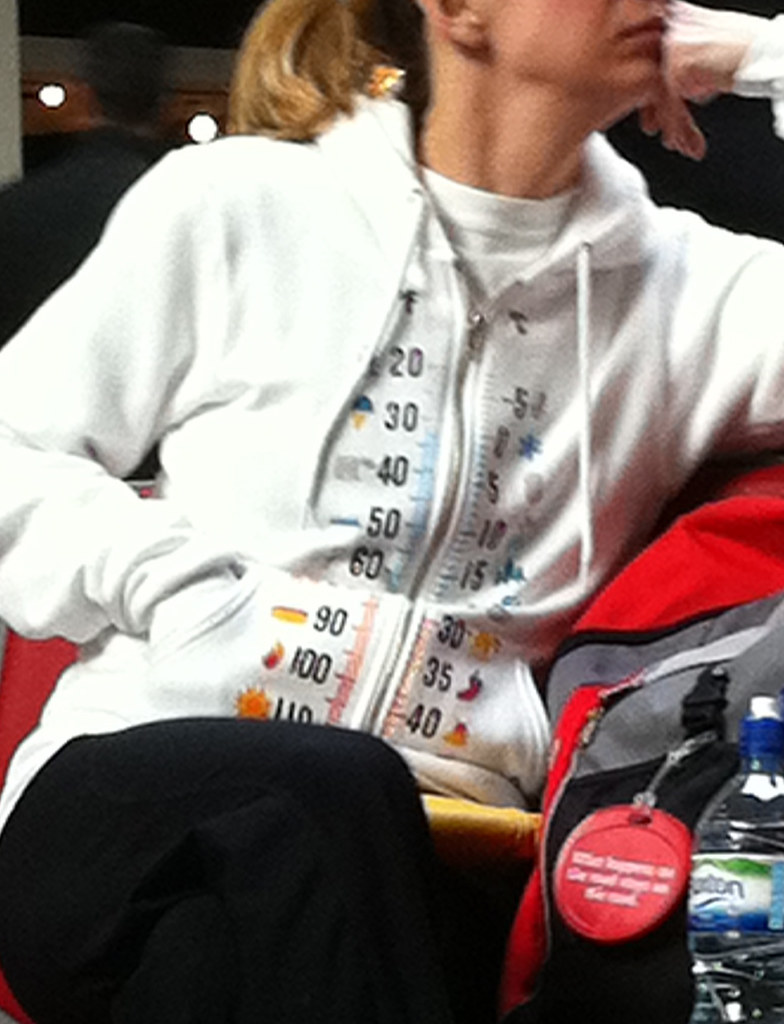OK, before I start, a slight caveat that this might not be an entirely fair review of the pattern - I made it in slippery slide-y silk charmeuse (my first time sewing with it) that was really hard to handle and did weird things on the bias grain, so it wasn't the easiest garment by which to judge the pattern.
Pattern description
Vogue 8631 - Wrap dress with extended shoulders, front pleats and back darts.Pattern sizing
6-22. I cut the 18.Fabric used
Silk charmeuse I bought from eBay many years ago. The pattern wasn't as pretty in real life (or rather looked crazier), so I wasn't too sad if this ended up looking really bad (and I have nearly 6m of the stuff so would still have plenty left for other things!)Did it look like the photo/drawing on the pattern envelope when you were done?
Pretty much, a few minor differences.Were the instructions easy to follow?
Yes! Although it's such a simple pattern that I only just glanced at them to check there wasn't anything unusual - if you have basic garment construction skills you don't really need the instructions.What did you particularly like or dislike about the pattern?
This seems to be drafted very well, all the pleats and darts line up perfectly. The shape is very flattering, and I like the kimono style sleeves. The wrap also crosses over enough that you aren't constantly worrying about flashing unsuspecting members of the public (and I wore it on a fairly breezy day). It came out the perfect length on me, just above my knee, but bear in mind I am just under 5'10".A couple of cautions though: the armholes are quite low so you can see the side of your bra as you lift your arms up, and it is very low cut in front (but does fit quite snugly along the neckline so doesn't gape). I'm not particularly bothered by either of these though, but might consider wearing a slip underneath, depending on the occasion.
Pattern alterations or any design changes you made
I have a bad habit of altering patterns before trying them out, despite not being an expert on fit, and then finding they still don't fit, but I don't how to correct it and how much is caused by the alterations I made. So I'm trying to make up patterns "straight up" either by making a muslin or a test garment and then making any alterations I need.This was then effectively my test garment, although I'm not sure of the wisdom of doing this in silk charmeuse as it made it very slow to sew up and pretty hard to evaluate the fit! I'd also researched this pattern on Pattern Review, and the general consensus was that (a) it came up very big and (b) a FBA wasn't necessary. Marvellous. Bearing this in mind, and after some flat pattern measurements, I cut a straight 18, which turned out perfectly (even though by the body measurements on the envelope, I should have been cutting a 20 on my hips!).
I changed the direction of the wrap (i.e. my dress wraps left over right) as for some reason the pleats fell really weirdly on the right hand side (I think maybe this side was cut slightly off grain). In general, I've discovered that this fabric doesn't really like draping and folding, and does very weird stuff when you try any of that nonsense along the bias grain. I also left my pleats stitched in as I wanted it a bit less flappy over my middle (and also partly because of the aforementioned weirdness of the charmeuse).
As most others have done on Pattern Review, I didn't use bias binding around the edge, but instead did a baby hem (using the tutorial on Burda Style). I was going to use a snap (instead of the recommended hook and eye) on the outer wrap, but decided I preferred the look (and adjustability) of ties, so made an extra set.
I omitted the pockets partly because this was a test garment, and partly because I couldn't face fiddling around sewing them in with this fabric...
Construction details
The first couple of seams I sewed were super hard work to control, but then I remembered I'd recently bought a non-stick presser foot, which made things soooooo much easier!Because of the horrid ravelly nature of the charmeuse, I used French seams throughout (even on the curved side seams! For these, I pinked the seam allowance after sewing the first pass of stitching. I can see this might not work on a close-fitting or frequently used garment, or a very curved seam, but it seemed to work fine here). This was my first time sewing French seams, I'd always been a bit scared of them before (I think because of the fact you can't really alter them for fit once you've sewn them), but was very pleased with them - and only managed to sew one seam together the wrong way (it's hard to get your head round sewing WS to WS...). Incidentally, I discovered that in French, French seams are called coutures anglaises, i.e. English seams.
It was also the first time I tried doing a baby hem, and again was please with how it turned out. It could have probably been a bit narrower, but it was hard to control the charmeuse properly. The edges also stretched out a bit as I sewed the hems (except the bodice neckline, which I had staystitched to prevent gaping), but I don't really mind, I've decided that the slightly ripply effect makes the dress more feminine... I had intended to try out another new foot, my narrow hemming foot, but I just couldn't make it work. I think maybe the fabric was just too slippery and stretchy to work properly.
I made the ties with pieces of selvedge. I folded the raw edge in, folded again and then topstitched.






